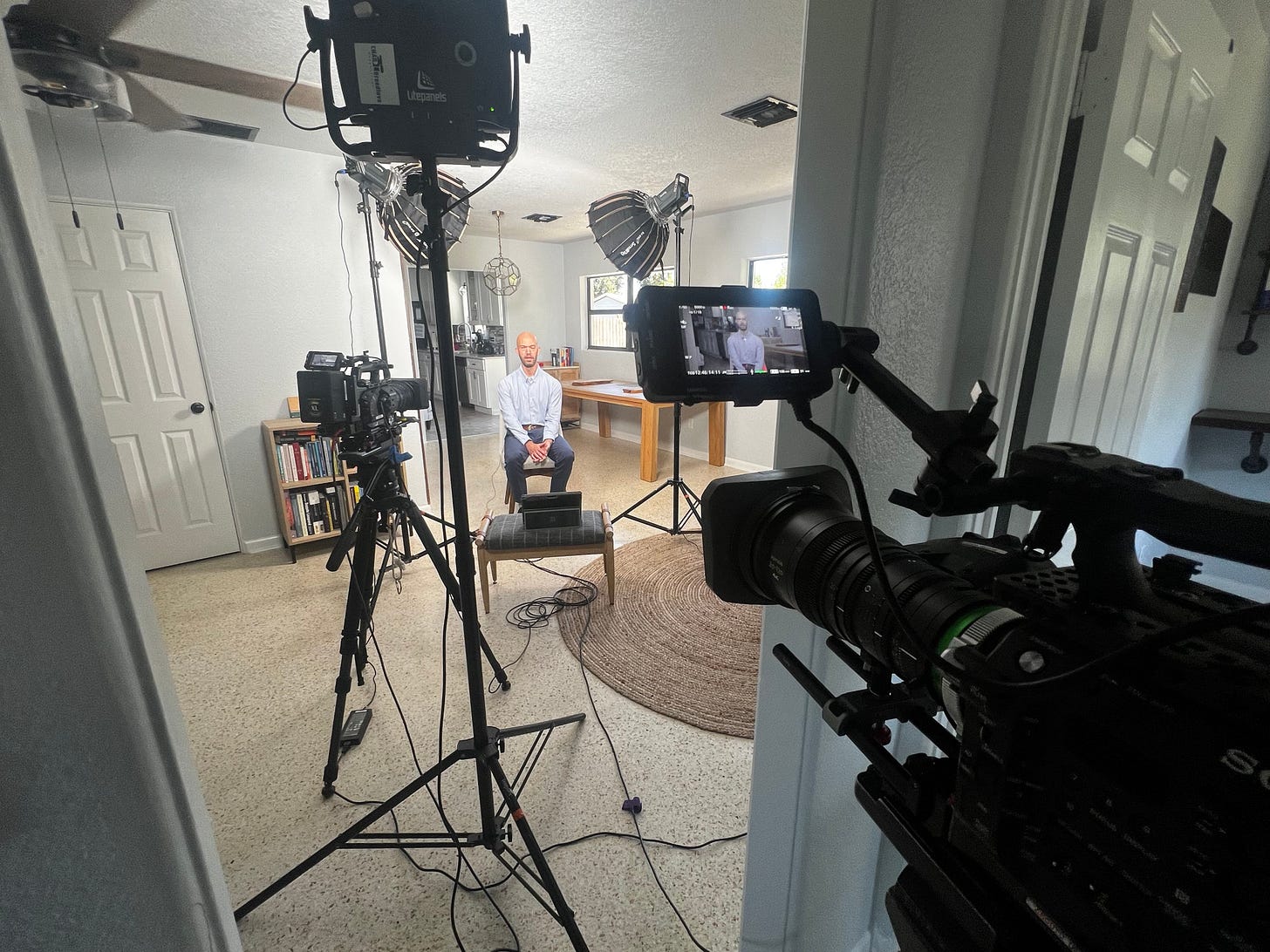This school shooting data was featured by The Economist
An 11-month project to highlight the impacts of gun violence at schools and swatting hoaxes premiered across The Economist's digital, print, and social channels this week
Last winter, I got an email from a reporter for The Economist asking if I had data about the financial impacts of school shootings. British journalists are delightfully naïve to how common and widespread gun violence is at schools in the United States. We talked for more than an hour about how school shootings are more than just indiscriminate attacks—the high profile shootings like Parkland, Uvalde, and Sandy Hook—that there is systemic gun violence almost every school day.
These impacts go deeper than just the campuses were a gun is fired. Hundreds of schools are forced into lockdowns when an active shooter is reported but once police search the campus they determine that it was just another swatting hoax. Even when there is no threat at all, students and staff are often tricked into thinking there is a school shooting with “no notice” hyper-realistic drills that include armed officers and simulated gunfire.
Our conversations continued back-and-forth over email for months as we figured out the key points to highlight and finally settled on:
In-depth analysis of the shootings at schools in February 2023—a significant month being five years after the Parkland, FL attack
Swatting hoaxes in February to compare the frequency and impact of actual shootings to hoaxes
Broader psychological, social, and emotional impact of students experiencing, simulating, and constantly being reminded to prepare for a school shooting
The K-12 SSDB became the backbone for The Economist content because of the wide-range of gun violence data that’s included:
The K-12 School Shooting database, compiled by David Riedman, a data scientist, includes every time a gun is brandished, fired on or hits school property—or areas outside the school, such as pavements—at any time and for any reason, as these incidents can all cause significant disruption. “Most people think that a school shooting is something where it’s this deranged person who’s coming into the school,” he says. “But really, the most common circumstance for a gun to be fired is a dispute between students, usually taking place in a hallway or parking lot at dismissal.”
One New York school that was the site of a shooting in February spent over $90,000 on metal detectors and new security cameras. Three other schools that experienced shootings in February also invested in added security, at a total cost of around $450,000, including bullet-resistant glass and entry systems. The school-security, or “hardening”, industry in America grew by 57% between 2016 and 2021, when adjusted for inflation, to $1.6bn. But as this spending has increased, so too have shootings. “We’re going in the wrong direction,” says Mr Riedman.
Part of the reason is that, by Mr Riedman’s calculations, more than 70% of shootings take place outside school buildings, which metal detectors and bullet-proof doors will do little to prevent.
Checkout the full interactive video story Inside a Month of School Shootings by The Economist.
Swatting
I’ve been writing articles and giving news interviews about swatting since fall 2022 when the problem started to become widespread.
For anyone who doesn’t know, ‘swatting’ is false 911 calls intended to force a panic and a police response that date back to the 1970s. In most swatting scenarios, someone makes an elaborate report—such as a hostage situations or multiple people shot—to trigger the highest priority police response. In 2015, swatting during live streamed video game competitions got mainstream attention. The calls are usually placed through voice-over-internet phone services and with a VPN that renders them nearly impossible to trace. A further complication for schools is that anonymous reporting apps have been mandated in many states which gives students an easy way to make a false report without getting caught.
The Economists graphics team put all the swatting hoaxes in February 2023 onto this map. February 2023 was unique because serial swatters started placing calls to multiple schools in the same state on the same day (shown with the bigger circles). The total number of schools swatted and the frequency of the coordinated robocalls targeting the same state got even worse in March.

Unfortunately, the swatting problem is far from over. Just last week there was a resurgence of multi-state serial swatting disrupting multiple schools across Kentucky and Ohio. You can keep up with the latest info with the K-12 School Shooting Database swatting tracker.
While ‘swatting’ is a funny name, these hoaxes cause real dangers. Police cars have crashed into school buildings while the officers are rushing to get inside and police have accidentally firing their guns while searching the buildings.
Funny note on the filming: My living room is very narrow and the cameraman needed to sit in the hallway bathroom to get the long shot.
Working with The Economist staff to create these stories was an amazing process and I hope that it continues to bring attention to major issues—daily gun violence at schools, dangerous swatting hoaxes, and almost no official data on shootings—so that meaningful changes can be made to make schools safer.
David Riedman is the creator of the K-12 School Shooting Database and a national expert on school shootings. Listen to my recent interviews on Freakonomics Radio and the New England Journal of Medicine.






